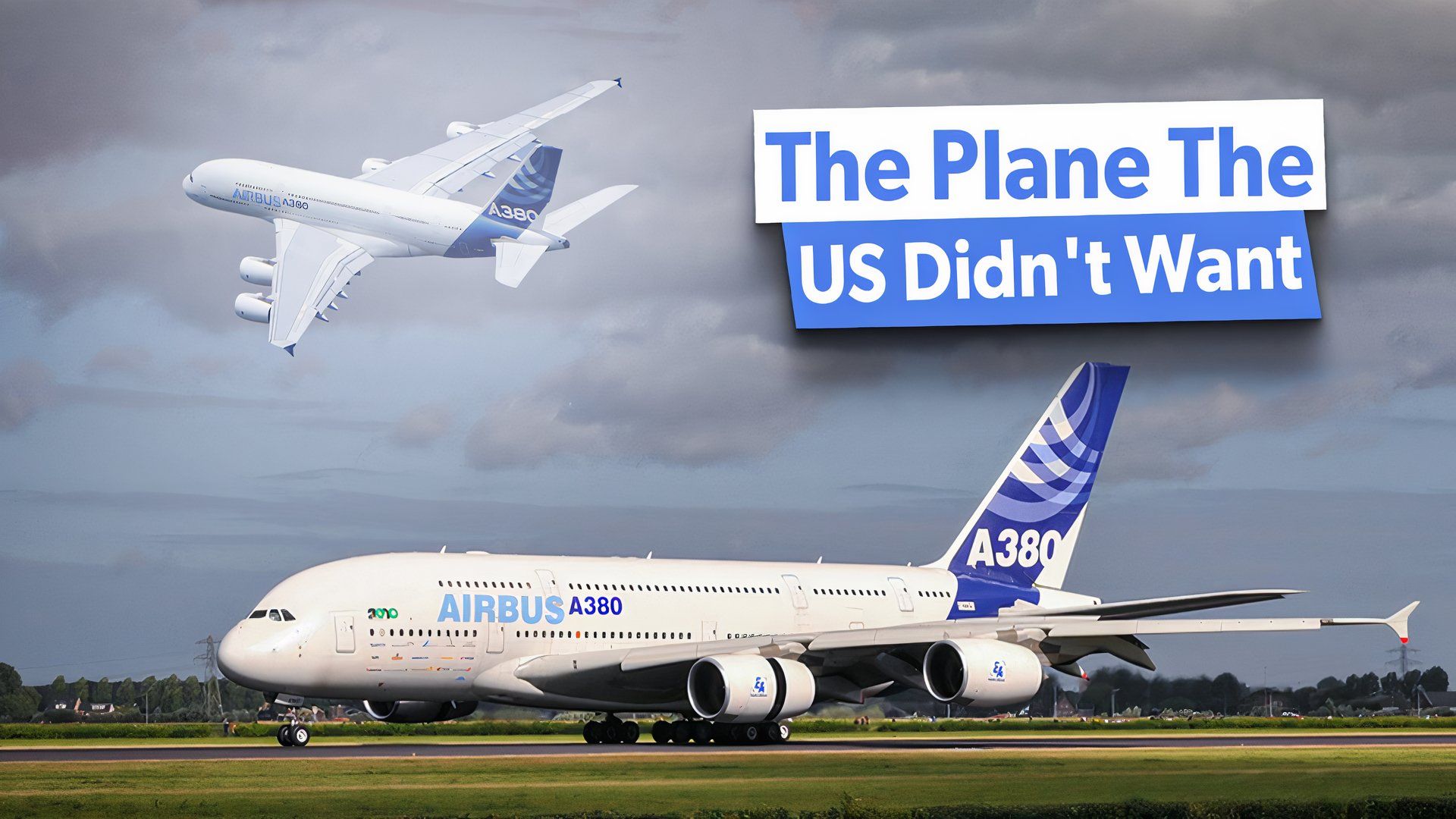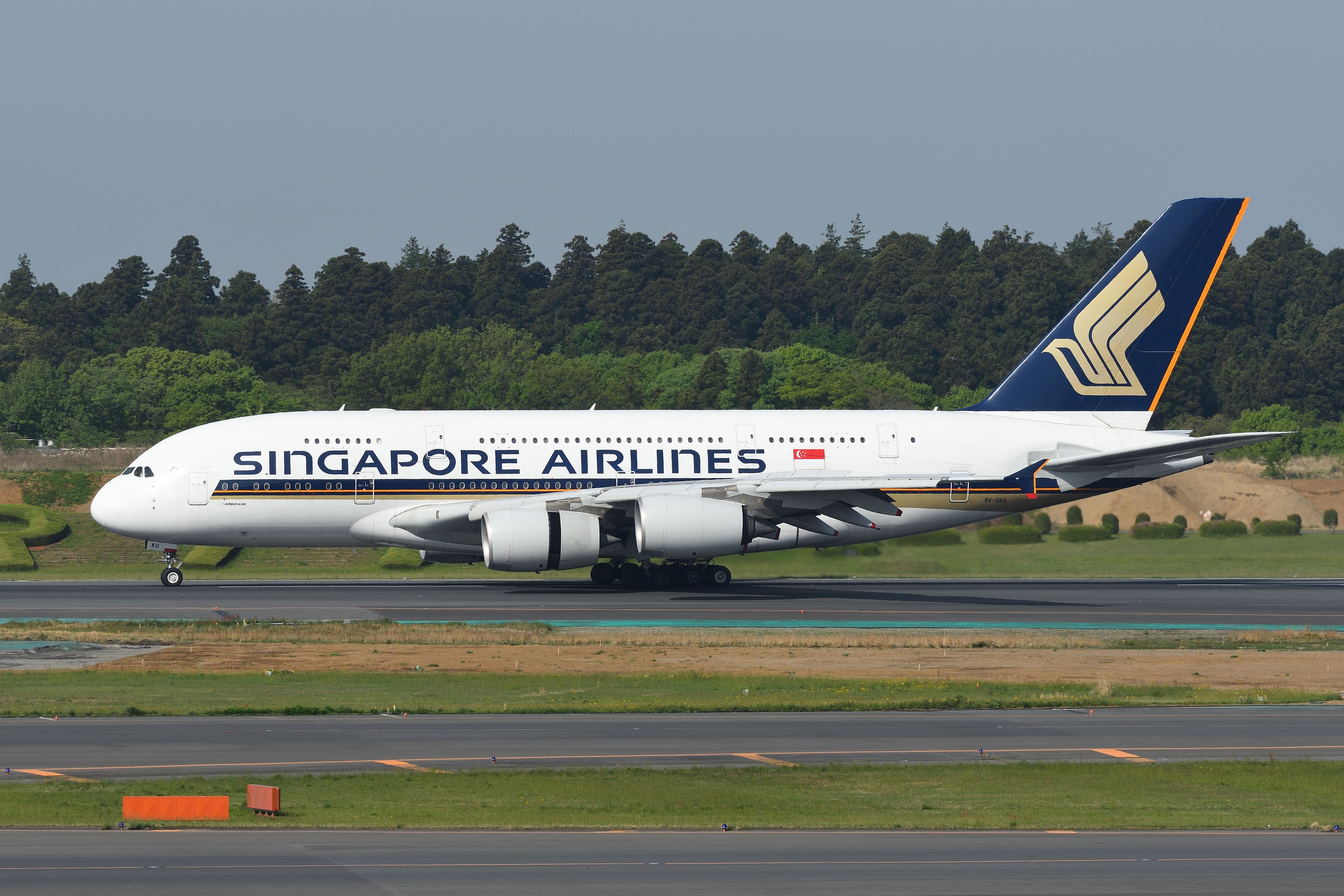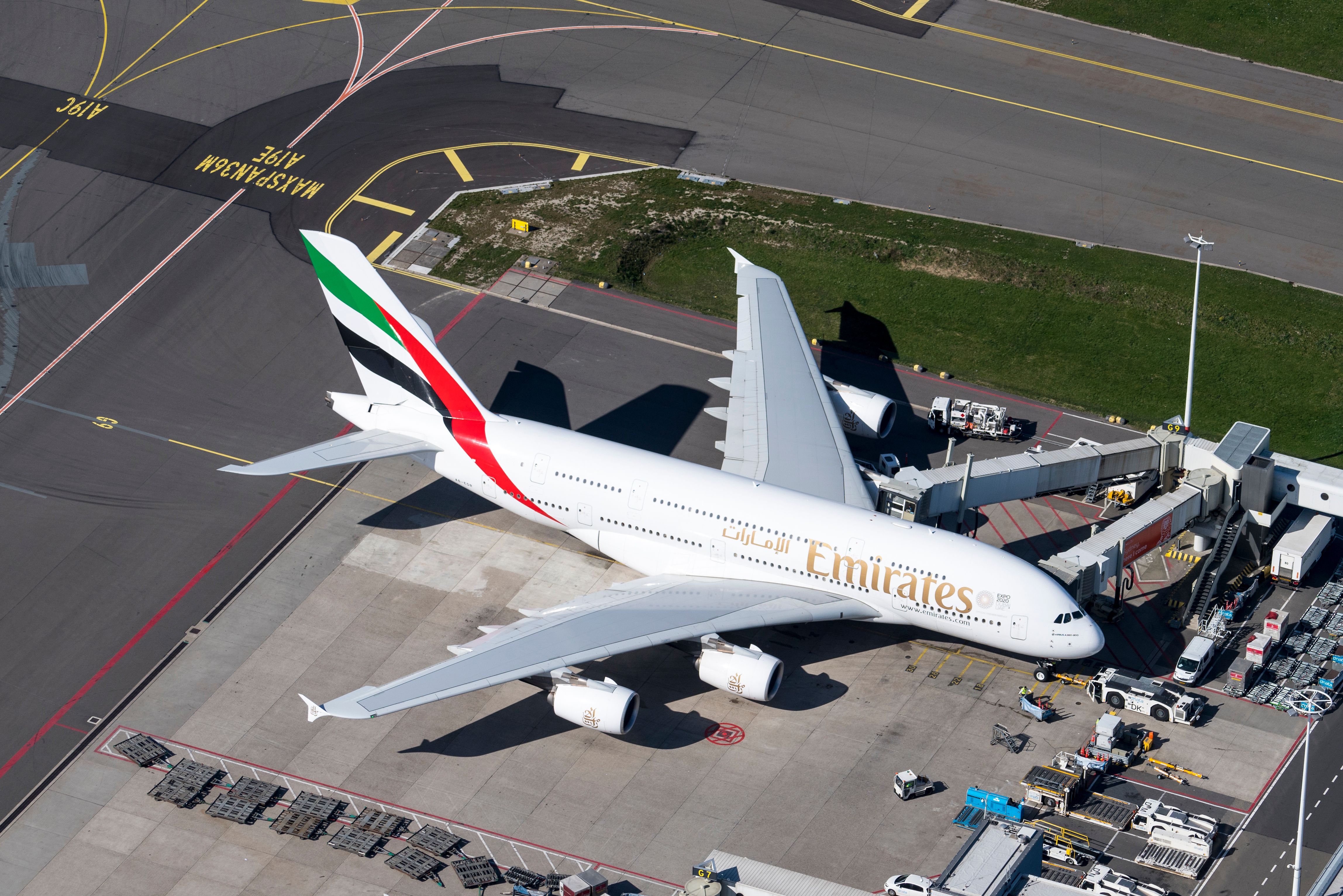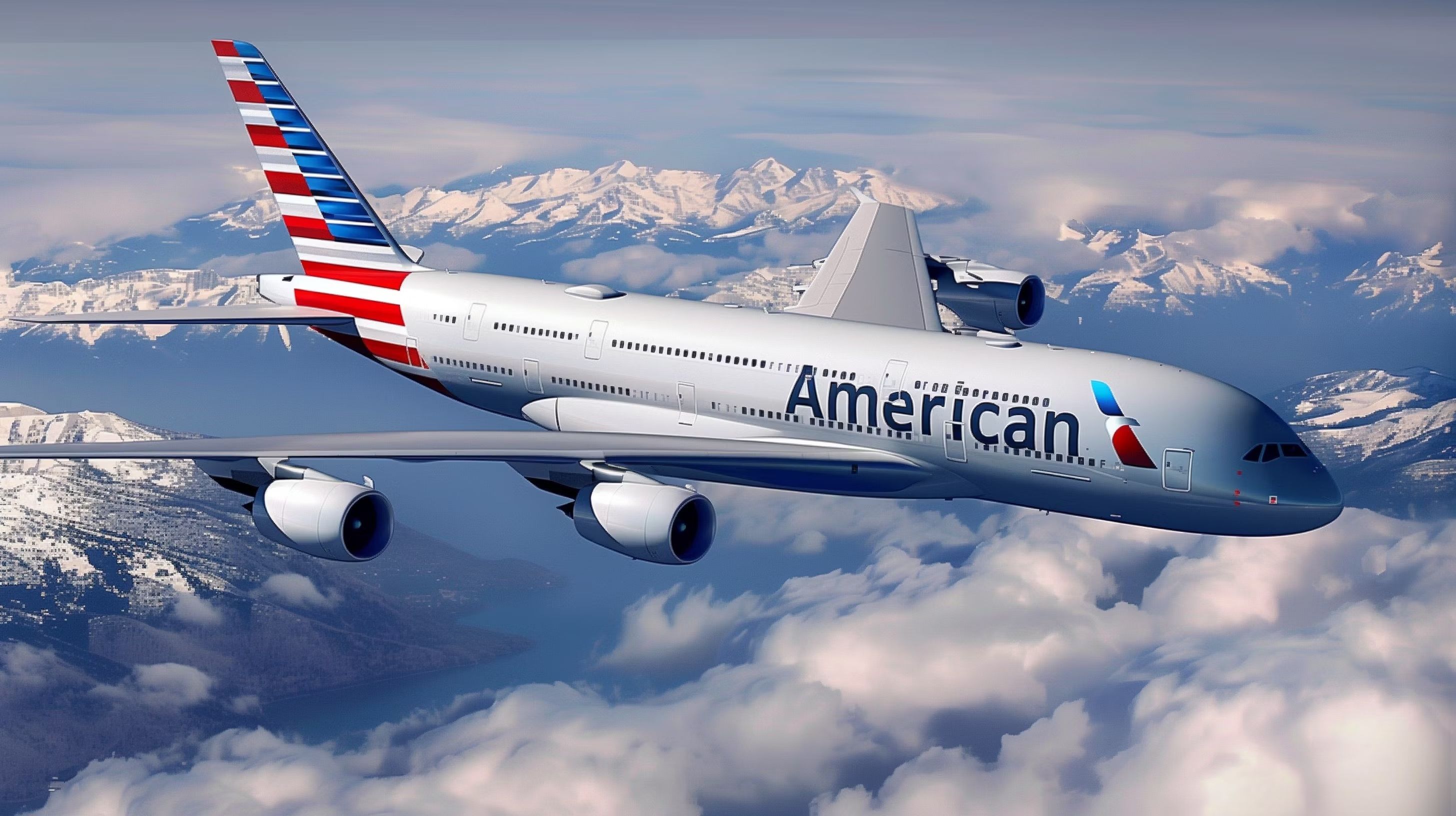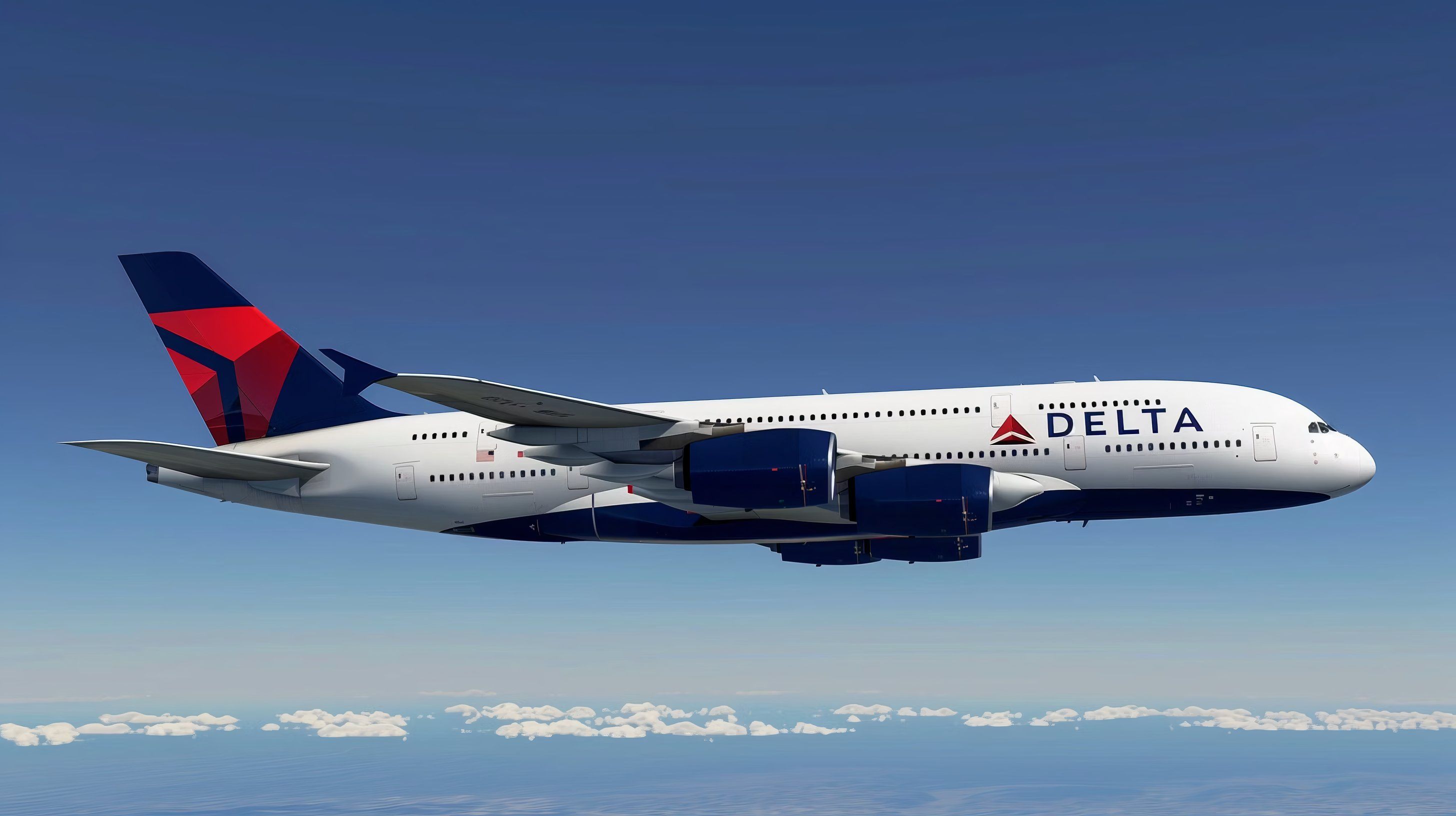Summary
- The A380 failed in the US partly due to a lack of a central hub structure.
- Fuel inefficiency and high maintenance costs deterred US airlines.
- US carriers prioritized frequent flights over higher capacity.
The Airbus A380 promised to do what no commercial passenger aircraft had ever been able to do, drastically increasing capacity capabilities and per-seat performance metrics. Introduced into service in 2007 by launch customer Singapore Airlines, the double-decker jumbo was set to be the plane of the future, offering unparalleled passenger comfort and providing airlines with game-changing capacity.
Today, however, the plane’s story reads differently. Only around 250 Airbus A380s ever rolled off the manufacturer’s assembly lines, and even fewer remain in service today, with production halted back in 2021. The aircraft has undeniably served as a case study of manufacturer sales failure, as the jet was made for a time that no longer existed.
Photo: viper-zero | Shutterstock
The most glaring failure of the Airbus A380 was undeniably its inability to impact the American aviation market. No airline from the United States ever placed an order. The aircraft had been unable to perform in the sales department in the world’s largest aviation market, a major blemish on its record.
But with all the benefits such a massive plane could offer and the rapidly increasing demand for air travel, why did US airlines never order the massive widebody? In this article, we will examine five key reasons why American Airlines, Delta Air Lines, and United Airlines never ordered the Airbus A380.
1
No central hub
The US market is not built for such a plane
Among the key arguments against the A380 is that it can only truly be suited for markets dominated by a single hub, through which dozens of daily flights are routed. The major airlines that have succeeded in operating the Airbus A380 include all the following carriers which prioritize connecting passengers through a single global hub:
|
Airline: |
Airbus A380 operator: |
|---|---|
|
British Airways |
London Heathrow Airport (LHR) |
|
Emirates |
Dubai International Airport (DXB) |
|
Etihad Airways |
Abu Dhabi International Airport (AUH) |
|
Singapore Airlines |
Singapore Changi International Airport (SIN) |
But the American market falls far from this description, lacking a single central hub. Due to the size of the market, each major airline operates several different hubs across the country, allowing for convenient air service for residents across the nation.
Photo: Aerovista Luchtfotografie | Shutterstock
Furthermore, American hubs are structured fundamentally differently than those in Europe or the Middle East, as they are not typically the only US hub to serve a destination abroad. For instance, all major US carriers serve London Heathrow from many different destinations rather than funneling all traffic through a single hub and operating services to LHR from that airport alone.
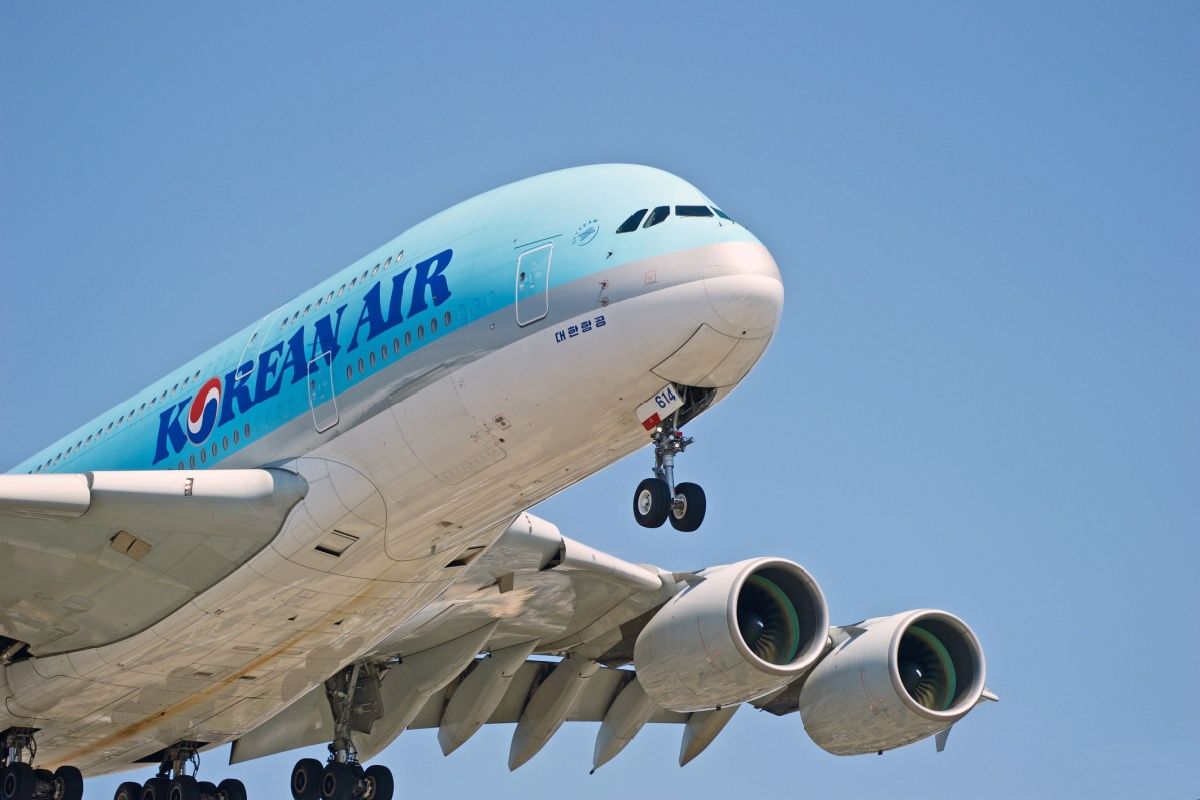
Related
Big Planes On Small Routes: Why Airlines Sometimes Use The Airbus A380 On Short-Haul Flights
These kinds of flights seem counterintuitive.
2
Fuel inefficiency
The aircraft is incredibly expensive to operate
Airbus often touts that the A380 is the most economical aircraft in the skies on a per-seat basis. This is surprisingly true, but only when an airline is able to achieve high enough load factors on its flights.
When carriers fail to fill their A380s, they can prove serious economic liabilities with four massive gas-guzzling engines. As a result, American legacy carriers, like many across the globe, were hesitant to invest heavily in a plane that could become a major loss.
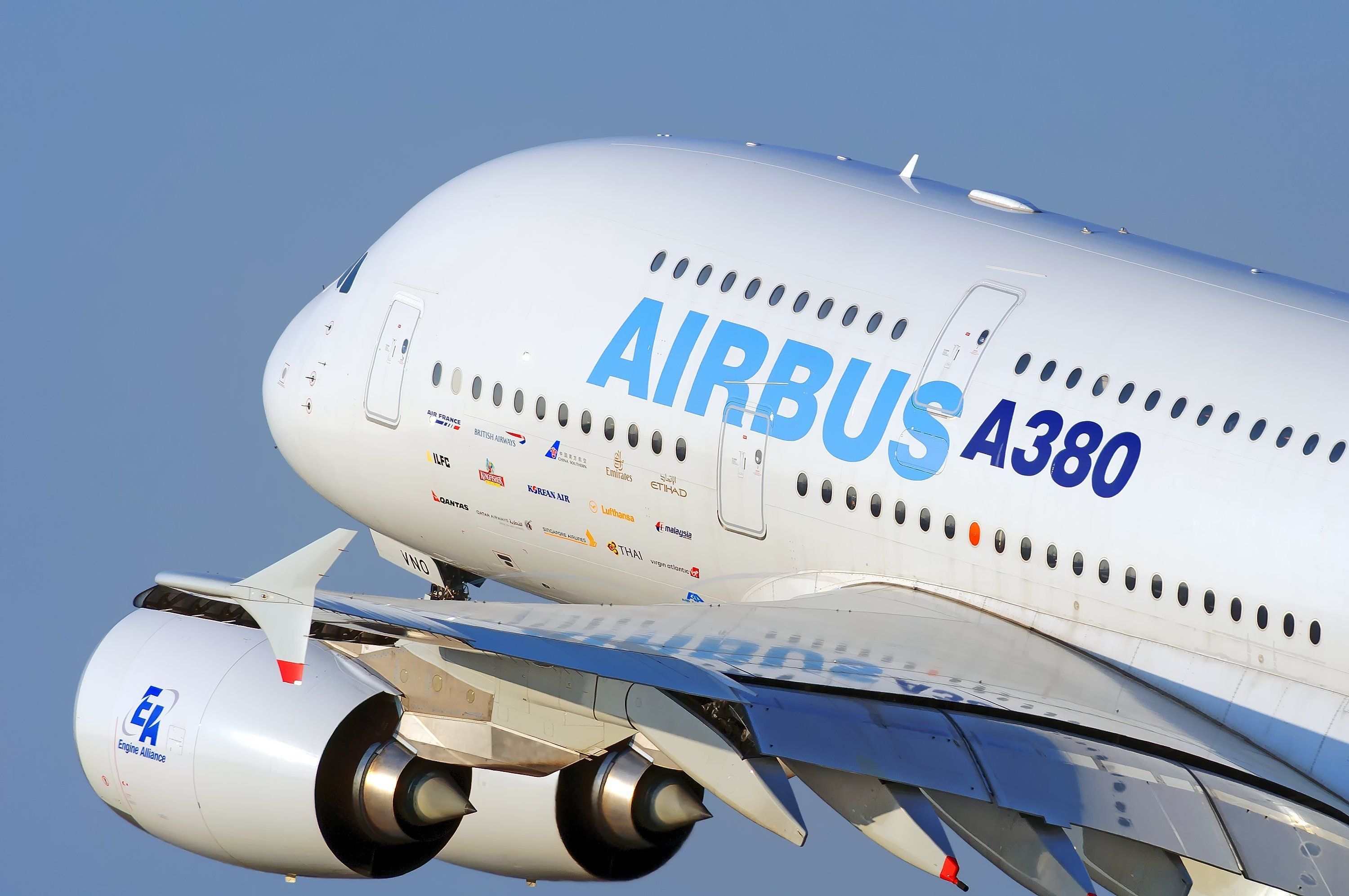
Related
Examined: The Airbus A380’s Unlikely Post-Pandemic Comeback
Most experts predicted the end of the superjumbo in a post covid world. They were proved wrong.
3
Expensive support costs
Fleet maintenance was extremely costly
As such a massive aircraft, the A380 requires a robust maintenance network that is not comparable to any other aircraft. As a result, the plane has become known for its astronomical support costs, which include:
- High maintenance costs
- Pilot training costs
- Upgrading facilities to accommodate A380 operations
Photo: Simple Flying
Keeping a fleet of Airbus A380s well maintained is extremely expensive, and the only airlines that have succeeded with the aircraft have done so due to the sheer scale of their operations or by operating impressive maintenance networks, such as Lufthansa Technik. Furthermore, according to Arup, everything from hangar space to new jetbridges would need to be built to accommodate A380 operations, a heavy cost airlines would likely have to bear the bulk of.
4
Different scheduling philosophies
US airlines prioritize quantity of flights over capacity
Legacy airlines typically schedule multiple daily services in the United States between the highest-demand destinations. Often, they will choose to increase the number of flights between New York and London upon an increase in passenger demand rather than shift to higher-capacity aircraft.
This caters heavily to the demands of business travelers, who are often confined by strict schedules and prefer multiple flights. With so many airlines flying on the busiest routes, carriers cannot afford to lose out on lucrative business traveler traffic because another airline might be flying a more convenient schedule. As a result, US airlines shifted their strategy away from high-capacity widebodies like the Boeing 747 and Airbus A380 and towards most moderately-sized twinjets.
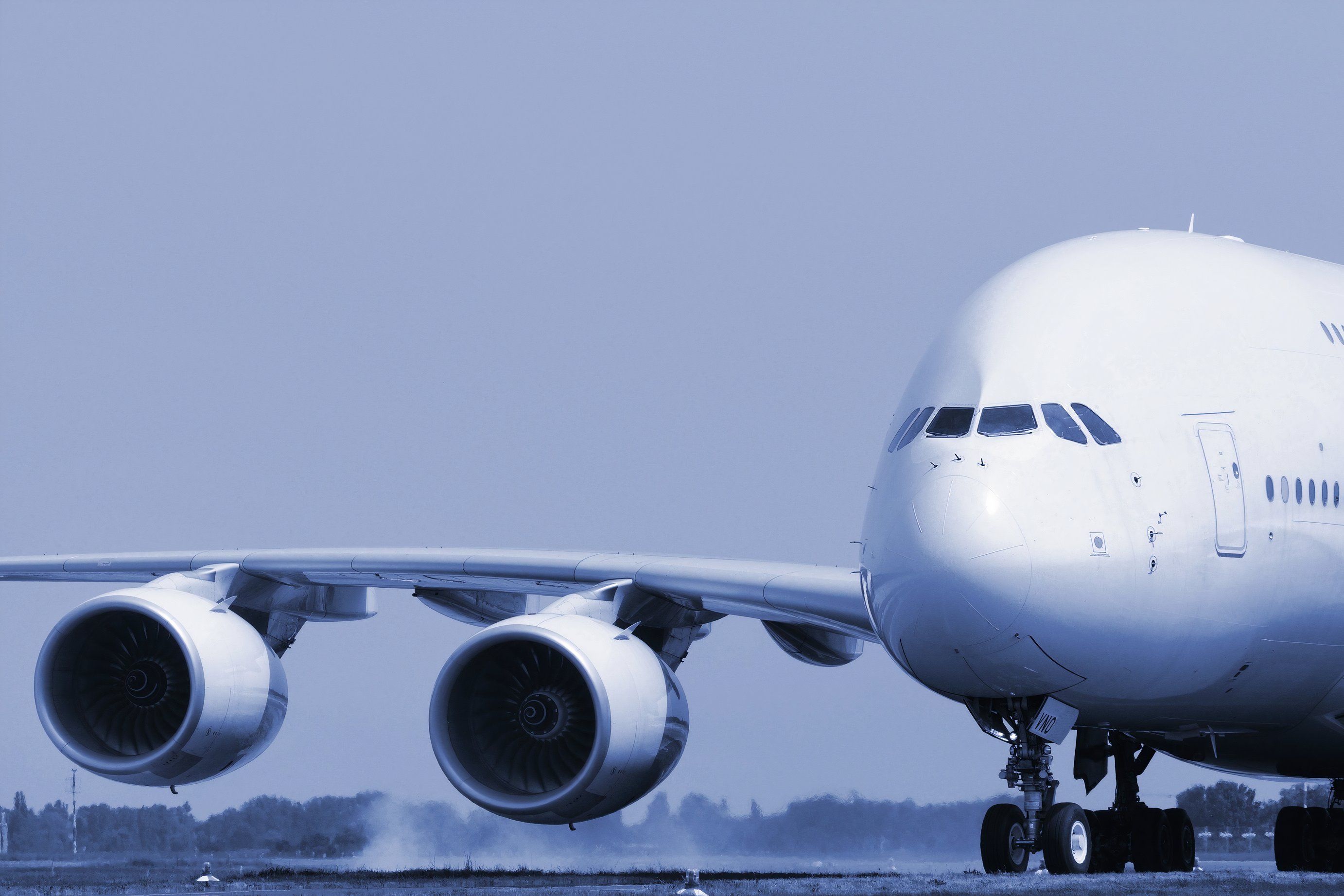
Related
17 Years Of Airbus A380 Passenger Flights: The World’s 10 Shortest Routes This Summer
The shortest service now has more flights than previously planned.
5
Incompatibility with fleet strategies
US airlines were not interested in such a drastic shift
Ordering the A380 would have been a major shift in the fleet strategies of all three major US carriers. This is the case for the following three key reasons:
- US airlines were longtime operators of the Boeing 747, so if they were to purchase a high-capacity aircraft, the 747-8 would be an easier choice
- These carriers were all hesitant to order any Airbus widebodies, with only Delta Air Lines operating them today
- American legacy carriers were aiming to begin flying more point-to-point routes, something the A380 was not designed for
Photo: Simple Flying
At the end of the day, the A380 would be a massive, high-capacity widebody that did not really fit with Delta, American, or United’s fleet strategy. Ultimately, they pursued smaller, high-capacity aircraft like the Boeing 787 for their next-generation fleet.
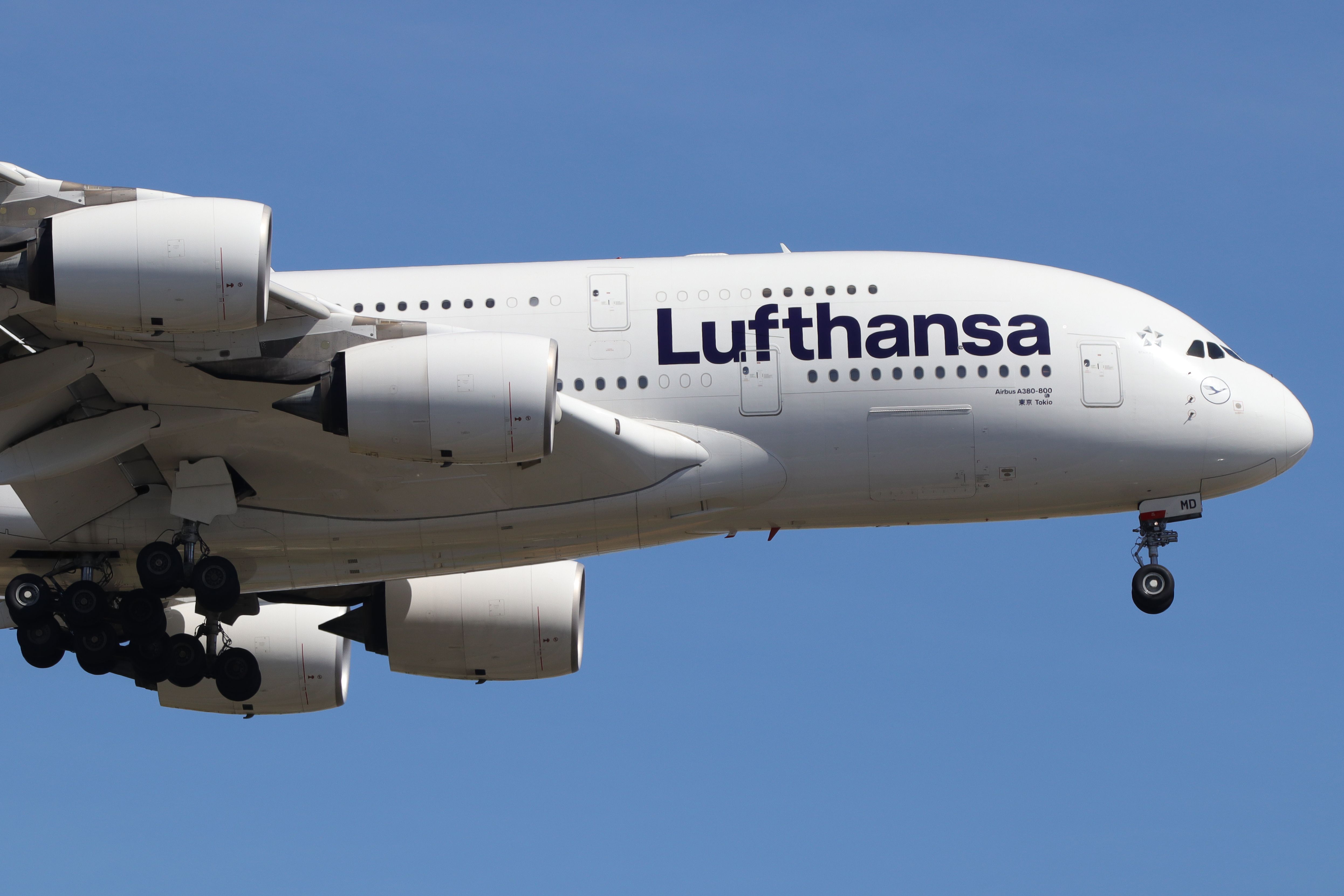
Related
Wow: The US Gains 3 Additional Airbus A380 Routes In May
These services will see the double-decker from this month.
Would you like to have seen Airbus A380s flying for US legacy airlines? Let us know in the comments!

